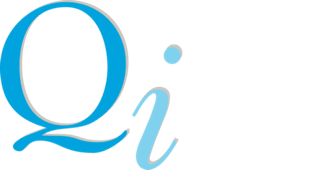Other course information
Software
You will need the latest version of XLSTAT installed on your computer. If you don’t have a licence you can download a 14-day trial version directly from their website.
Timing
Each module is 3 hours (please allow extra time for any connectivity issues up front, and questions at the end).
Please check your time zones to make sure the timings are suitable for your country.
Prices
1 Module: £435.00 ex VAT
2 Modules: £870.00 ex VAT
3 Modules: £1305.00 ex VAT
4 Modules (Complete Course): £1595.00 ex VAT
Academic Delegate discount is available.
10% reduction for multiple bookings from same organisation
Please contact us for more details.




